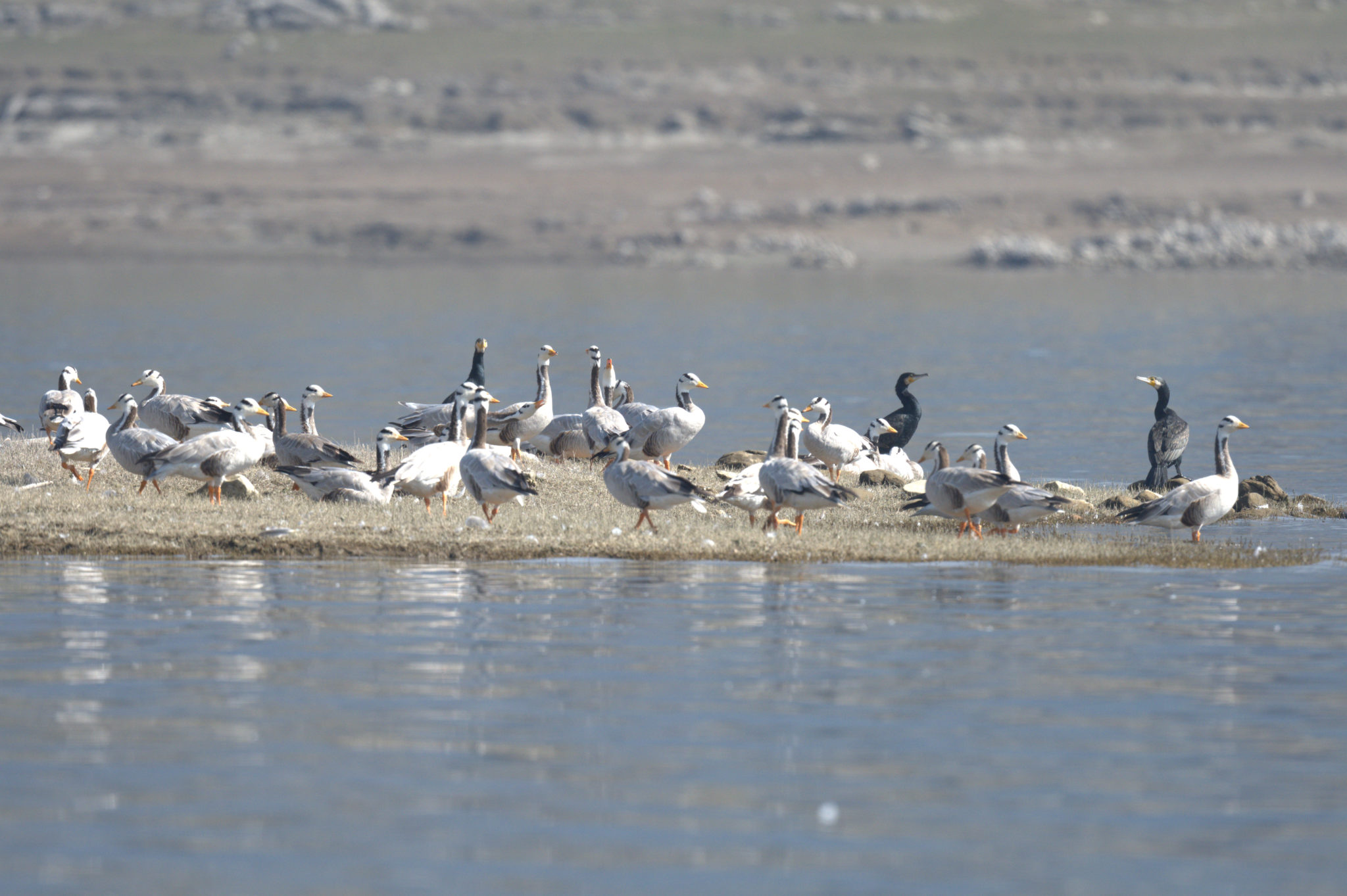
Maiden Waterbird Census at Gobind Sagar Lake records 41 species
-
Asian Waterbird Census
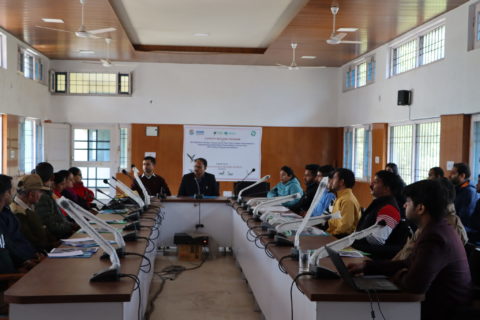
A two-day event was conducted by Wetlands International South Asia and the Bombay Natural History Society on February 4 and 5, 2023, as part of the first Asian Waterbird Census at Gobind Sagar Lake with support from the Himachal Pradesh Forest Department (Bilaspur circle).
The expert team organised a training programme on bird census techniques, disease surveillance, and the Central Asian Flyway National Action Plan 2018–23. The officials from the Himachal Pradesh Forest Department, students from the Industrial Training Institute, Bilaspur, a local bird expert, as well as representatives from fringe panchayats, duly attended the event.
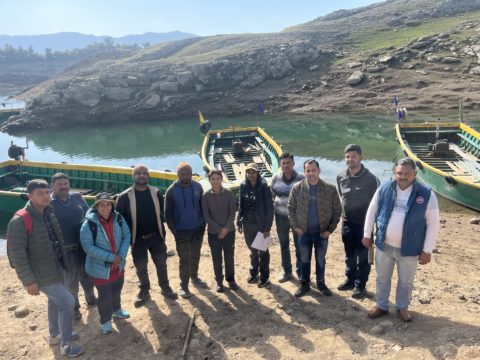
The second day of the event comprised the waterbird census conducted at the Gobind Sagar Lake, including major inlet channels and a water stretch near Bhakra Dam, that were separated into five zones. Participants from different stakeholder departments carried out the census.
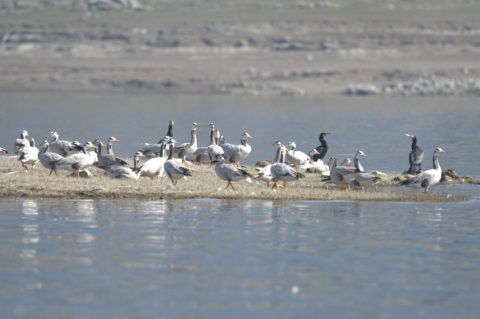
Three grids near Bilaspur’s Luhnu Ground had the highest percentage of Bar-Headed Goose and River Tern. The other two grids at the Bhakra Dam area reported the most diversity and abundance of waterbirds. Overall, the most abundant species were the Bar-Headed Goose, Northern Pintail, and Little Cormorant. The census recorded 3100 individuals representing 41 species, with the Bar-headed Goose and Northern Pintail having the highest numbers.
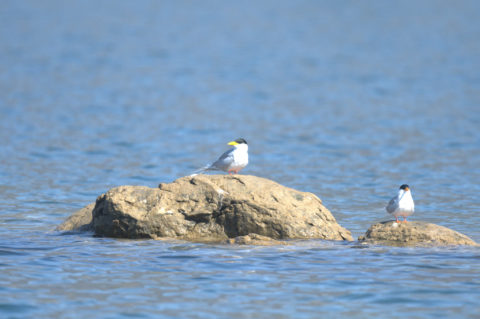
Common Pochard and River Tern were two species with high conservation value. This census would aid in the development of an Integrated Management Plan for Gobind Sagar Lake by facilitating the annual inventory of resident and migratory waterbirds.
